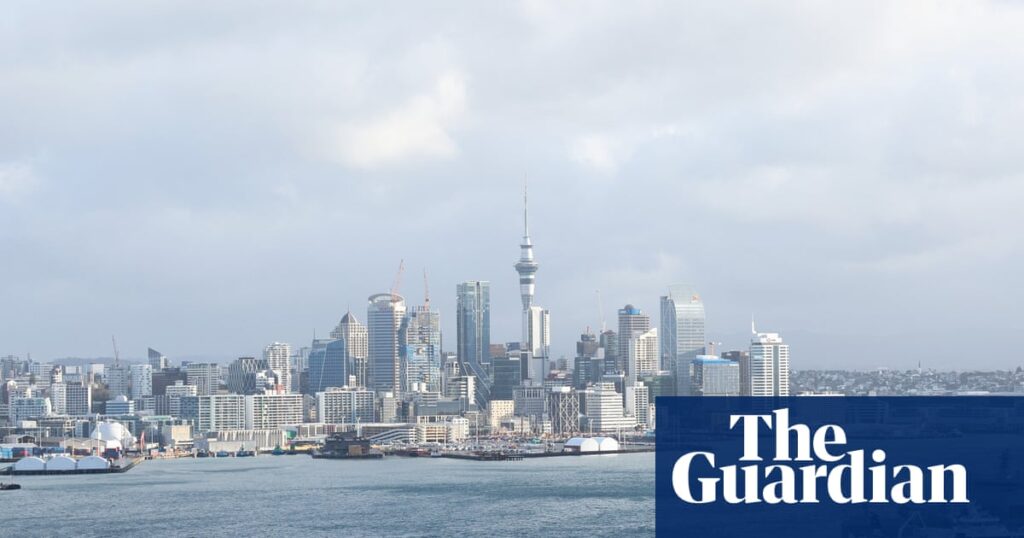
New Zealand is taking significant steps to ease residency restrictions for migrant workers, aiming to strengthen its labor force and bolster the economy. This strategic move comes as the nation grapples with a record number of citizens leaving the country and a shrinking GDP.
On Tuesday, Nicola Willis, the Minister for Economic Growth, announced two new residency pathways designed to attract skilled and experienced migrants. “Businesses told us it was too hard for some migrants to gain residence, even when they had crucial skills and significant experience that was not available in the existing workforce,” Willis stated in a press release.
New Residency Pathways Unveiled
The new residency pathways, set to be introduced from mid-2026, are tailored to address specific workforce needs. The first pathway targets migrants in skilled roles who meet certain experience and salary thresholds. The second is designed for those in trades and technical roles, requiring specific qualifications, work experience, and wage levels.
Immigration Minister Erica Stanford emphasized the importance of the skilled work experience pathway, noting that it aims to help employers retain experienced workers who are already making valuable contributions to New Zealand’s economy. “The trades and technicians pathway recognizes the practical skills needed in industries where qualifications obtained outside university are used and valued,” she added.
Context and Economic Challenges
The announcement comes at a time when New Zealand is witnessing an unprecedented exodus of its citizens. Between July 2024 and 2025, 73,400 New Zealanders left the country, while only 25,800 returned, according to Stats NZ. This mass departure is compounded by economic challenges, including a shrinking GDP.
In response to these challenges, the government has been actively seeking ways to attract foreign talent and investment. In January, it relaxed visitor visa rules to attract “digital nomads”—individuals who work remotely while traveling. This initiative extends to influencers, provided they are employed by overseas companies. Furthermore, in February, the government eased requirements for its Active Investor Plus visa, known as the “golden visa,” which offers residency to wealthy foreigners.
Reactions from Business and Political Sectors
The business community has largely welcomed the government’s latest immigration policy changes. Business New Zealand praised the new pathways, stating they will enable employers to retain skilled workers. However, Infrastructure NZ has called for a more urgent implementation date.
Despite the positive reception from some sectors, the policy has not been without controversy. New Zealand First, a minor coalition partner, has invoked the “agree to disagree” clause, criticizing the proposal as “unfocused.” Winston Peters, the party’s leader and Minister of Foreign Affairs, expressed concerns that New Zealand is being used as a “stepping stone” into Australia. “We take them in, train them, up-skill them, look after their families, and then they emigrate,” Peters remarked.
Of New Zealand citizens who migrated to Australia in 2024, 35% were born outside New Zealand, according to Stats NZ.
Looking Ahead: Balancing Immigration and Workforce Needs
As New Zealand navigates these demographic and economic shifts, the government faces the challenge of crafting an immigration system that aligns with the needs of local employers and industries. “We need a smart immigration system that focuses on the needs of employers in New Zealand, industry, and kiwi workers—not policies that will lead to more immigration with no plan for our next generation,” Peters argued.
Moving forward, the success of these new residency pathways will depend on their ability to attract the right mix of skills and talent while addressing the concerns of both businesses and political stakeholders. As the mid-2026 implementation date approaches, the government will need to continue engaging with these groups to ensure the policy’s effectiveness and sustainability.






